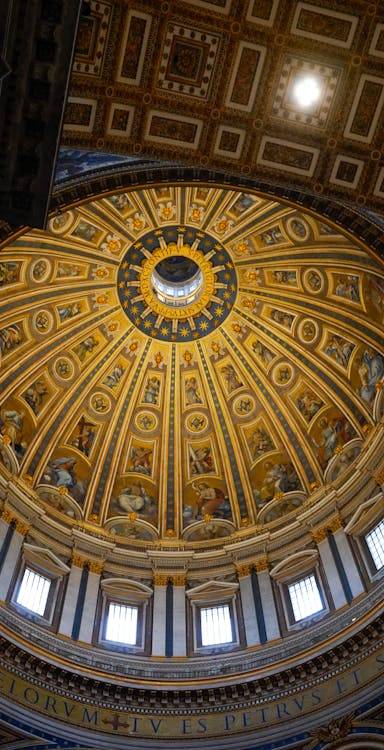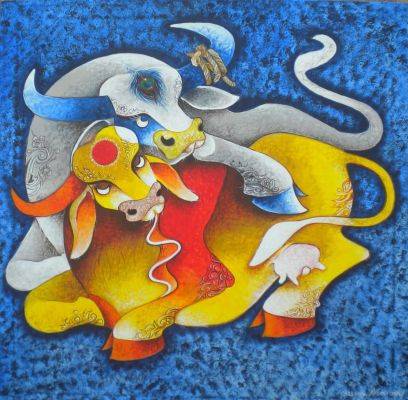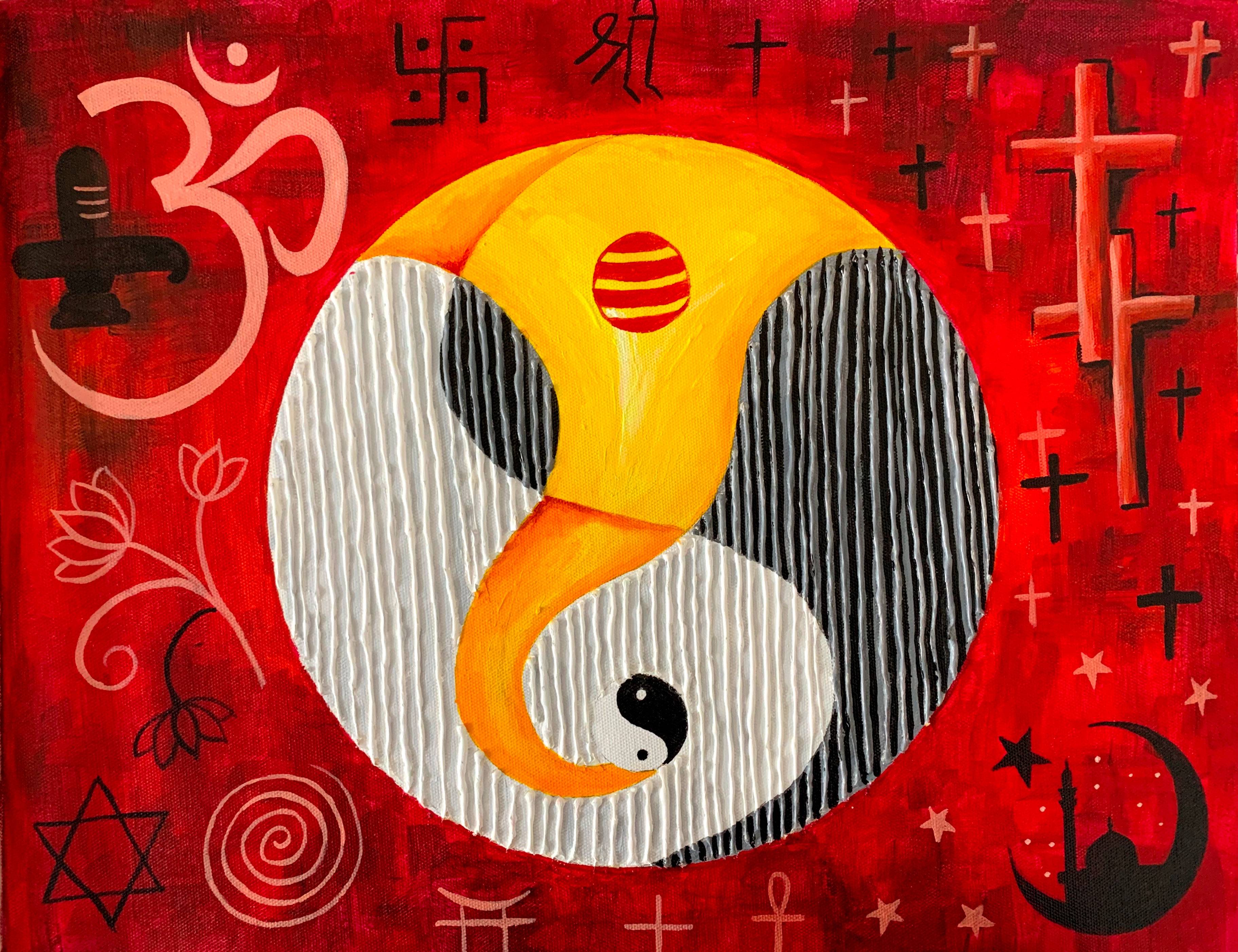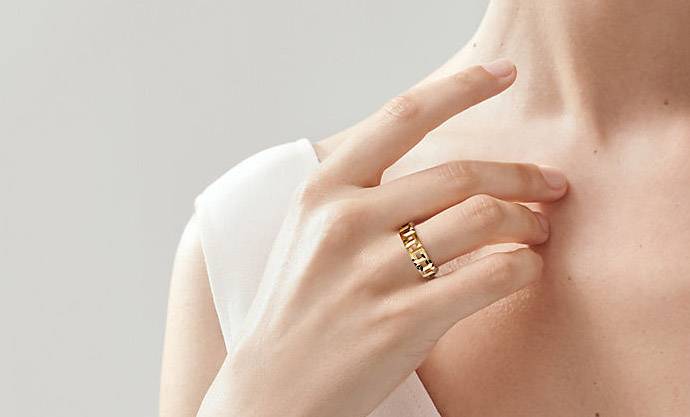Introduction
Fine art has always been a beacon of human creativity, a testament to our ability to transcend the mundane and capture the sublime. Whether through the delicate brushstrokes of a Renaissance masterpiece or the bold abstractions of contemporary works, fine art continues to captivate and inspire. In this blog, we will explore the rich history of fine art, its various forms and mediums, and its enduring significance in today's world.
* The Rich History of Fine Art
The Dawn of Fine Art
The origins of fine art can be traced back to prehistoric times when early humans created cave paintings in places like Lascaux and Altamira. These early works, often depicting animals and hunting scenes, were not just expressions of creativity but also held spiritual and ritualistic significance.
Classical Antiquity
The civilizations of ancient Egypt, Greece, and Rome made monumental contributions to fine art. Egyptian art is renowned for its iconic hieroglyphs and statues, often designed to honour gods and pharaohs. Greek art introduced the world to the ideals of beauty and proportion, as seen in sculptures like the Venus de Milo and the Parthenon friezes. Roman art, heavily influenced by Greek traditions, focused on realism and included magnificent frescoes and mosaics.
The Renaissance: A Golden Age
The Renaissance, spanning the 14th to 17th centuries, marked a rebirth of classical ideals and an explosion of artistic innovation. Masters like Leonardo da Vinci, Michelangelo, and Raphael pushed the boundaries of art, emphasizing realism, perspective, and human emotion. This period also saw the rise of patronage, with wealthy individuals and institutions commissioning works that still dazzle audiences today.
The Baroque and Rococo Eras
The 17th and 18th centuries witnessed the grandeur of Baroque and the elegance of Rococo art. Baroque artists like Caravaggio and Rembrandt used dramatic lighting and intense emotions to tell powerful stories, while Rococo artists such as Fragonard and Boucher embraced lighthearted themes and ornate details.
Modern Art Movements
The 19th and 20th centuries brought about revolutionary changes in the art world. Impressionism, led by artists like Monet and Degas, broke away from traditional techniques, capturing the fleeting effects of light and color. The advent of Cubism, spearheaded by Picasso and Braque, deconstructed forms and challenged perceptions. Abstract Expressionism, with figures like Pollock and Rothko, emphasized spontaneity and the subconscious mind.
*The Various Forms and Mediums of Fine Art
Painting
Painting is perhaps the most recognized form of fine art. From the oil paintings of the Renaissance to contemporary acrylics and watercolors, this medium allows for a vast range of styles and expressions. Iconic works like Van Gogh's "Starry Night" and Vermeer's "Girl with a Pearl Earring" demonstrate the enduring power of painting to evoke emotion and tell stories.
Sculpture
Sculpture, the art of shaping materials like stone, metal, and clay, has been a vital form of expression since antiquity. Michelangelo's "David" and Rodin's "The Thinker" are prime examples of how sculpture can convey the intricacies of the human form and spirit.
Drawing
Drawing, often seen as the foundation of fine art, involves the use of pencils, charcoal, ink, and other materials to create images on paper. Masters like Da Vinci and Dürer used drawing to explore ideas and perfect their techniques.
Printmaking
Printmaking encompasses various techniques, including engraving, etching, and lithography, to produce multiple copies of a single artwork. Artists like Albrecht Dürer and Hokusai have created timeless works through this medium.
Photography
As a relatively modern medium, photography has transformed the art world, capturing reality with unprecedented accuracy. Photographers like Ansel Adams and Dorothea Lange have used their lenses to highlight the beauty and complexity of the world around us.
Digital Art
In the digital age, artists have embraced new technologies to create stunning works of fine art. Digital painting, 3D modeling, and virtual reality are expanding the boundaries of what is possible, offering new ways to engage with art.
*The Enduring Significance of Fine Art Today
Cultural and Historical Importance
Fine art serves as a window into different cultures and historical periods, providing insight into the values, beliefs, and experiences of people across time. Museums and galleries around the world, such as the Louvre, the Metropolitan Museum of Art, and the Uffizi Gallery, preserve and showcase these treasures, allowing us to connect with our shared heritage.
Emotional and Psychological Impact
Art has a profound ability to affect our emotions and mental states. Whether it's the calming effect of a serene landscape or the provocative nature of a political piece, fine art can evoke a wide range of feelings and provoke deep thought. Art therapy has even become a recognized form of treatment, helping individuals process emotions and improve mental health through creative expression.
Economic and Social Influence
The art market is a significant economic force, with works by famous artists fetching millions at auction. Beyond the financial aspect, fine art also plays a crucial role in social movements and public discourse, challenging norms and inspiring change. Artists like Banksy and Ai Weiwei use their art to comment on social issues and spark conversations about justice and human rights.
Technological Integration
The integration of technology in fine art has opened new frontiers for creativity. Digital tools and platforms allow artists to experiment with new forms, reach global audiences, and collaborate in innovative ways. The rise of NFTs (non-fungible tokens) has also revolutionized the art world, providing new opportunities for artists to monetize their digital works and engage with collectors.
Conclusion
Fine art is a testament to the boundless creativity of the human spirit. From ancient cave paintings to cutting-edge digital creations, it reflects our deepest emotions, challenges our perceptions, and connects us across time and space. As we continue to innovate and explore new mediums, the future of fine art promises to be as dynamic and inspiring as its storied past. Embracing fine art in all its forms enriches our lives, broadens our perspectives, and reminds us of the beauty and complexity of the world we share.







